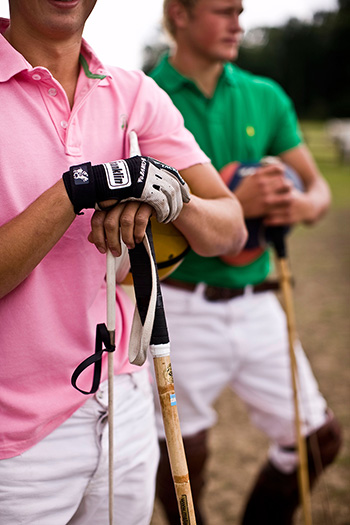6.1 Hiding in the light: rich young lives
Young working class people have been routinely held up for scrutiny in social research and social policy, and they are implicitly held to account for their various behaviours. However, the richer you are the more likely you are to escape being seen as a problem to society (Du Bois, 1903) or a burden to be managed by social interventions of one kind or another. If you are rich, you are less likely to be known by names or labels you didnt ask for, you are of less interest to government agencies such as social services or the police, and you are less likely to be researched. Thinking critically, you might ask if these issues are connected.
The next reading is focused on the lives of young people who don’t usually feature in social policy research papers. It concerns young people who are usually almost invisible to social researchers. They are young people who have attended the schools pictured in Figure 3, or ones like them. They might be described as ‘well off’, ‘the elite’, ‘posh’ or simply ‘rich’.
The idea of ‘cultural capital’ and its relationship with the reproduction of class is now widely accepted but there remains a rich seam of research able to reveal just how different status groups are currently evolving and adapting. In this next piece, academic Daniel Smith reflects on the implications of his study into how an albeit changing elite still finds ways to effectively and efficiently reproduce itself.
Activity 6 The Branded Gentry
Read the article ‘Britain’s elites: new lions, old foxes [Tip: hold Ctrl and click a link to open it in a new tab. (Hide tip)] ’ by Daniel Smith.
As you read, consider how particular niche sports and certain marketing brands can become emmeshed in the lives of some young people and what the consequences of this might be.
Discussion
While playing polo appeared to struggle a little with its elitist tag, the Jack Wills Brand and the name ‘Jack Wills’ consciously adopted an elite group identity in British society, namely the 18–23 demographic of the ‘upper-middle classes’. This group of young people, wealthy, privately educated and often having attended the ellite group of public schools (known as the Clarendon group) and going on to, again, a particular group of UK universities are still able to use patronage and sponsorship opportunities (but these levers of power need to be constantly brought into the light). Here, Smith discusses how the British educational elite institutions have been able to adapt, allowing a more diverse intake and embracing a meritocractic ethos. This research reveals one way in which involving certain marketing brands (or particular low participation sports) produces the networks among elite groups that are so advantageous to their young people.
If you’re interested, you can hear Daniel Smith in the following Radio 4 programme: Thinking allowed: fashion and class (from 14:07 to 27:44).
Research and social studies are often focused ‘down’ toward people at the bottom of the social hierarchy; relatively powerless people to whom ‘things are done’ or to whom services are provided, to put it more politely. Those with power often remain less well scrutinised. This can be as true when it comes to race, gender and sexuality as it is for class. White people, for example, are less frequently seen (by white people) as a distinctive category and still rarely become the objects of social studies as white people.

